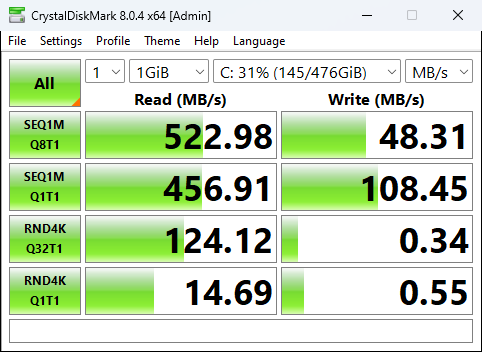Self Hosted - Self-hosting your services.
15932 readers
34 users here now
A place to share alternatives to popular online services that can be self-hosted without giving up privacy or locking you into a service you don't control.
Rules
- No harassment
- crossposts from c/Open Source & c/docker & related may be allowed, depending on context
- Video Promoting is allowed if is within the topic.
- No spamming.
- Stay friendly.
- Follow the lemmy.ml instance rules.
- Tag your post. (Read under)
Important
- Lemmy doesn't have tags yet, so mark it with [Question], [Help], [Project], [Other], [Promoting] or other you may think is appropriate. This is strongly encouraged!
Cross-posting
- !everything_git@lemmy.ml is allowed!
- !docker@lemmy.ml is allowed!
- !portainer@lemmy.ml is allowed!
- !fediverse@lemmy.ml is allowed if topic has to do with selfhosting.
- !selfhosted@lemmy.ml is allowed!
If you see a rule-breaker please DM the mods!
founded 4 years ago
MODERATORS
201
202
203
204
205
206
207
208
209
210
211
212
213
214
215
216
217
218
219
220
221
222
223
224
225

